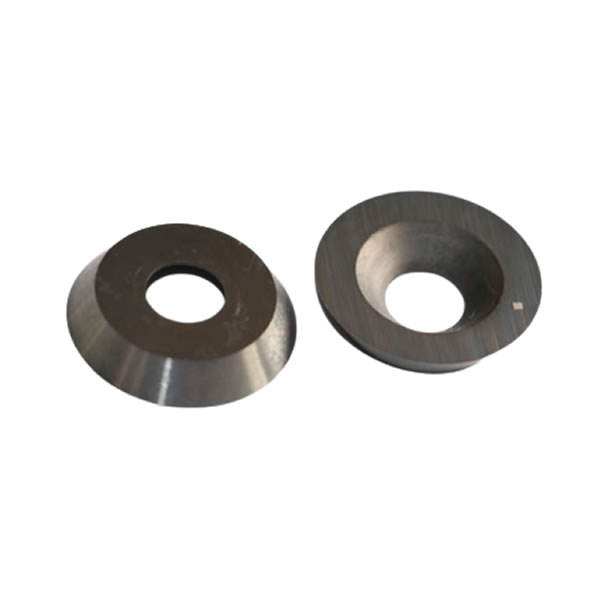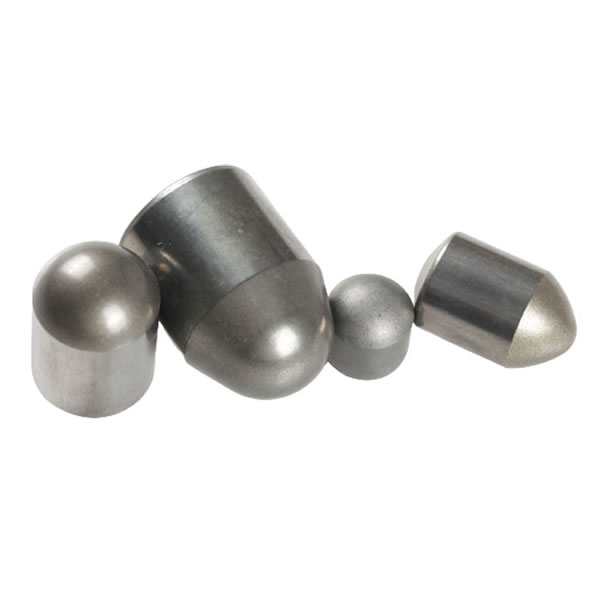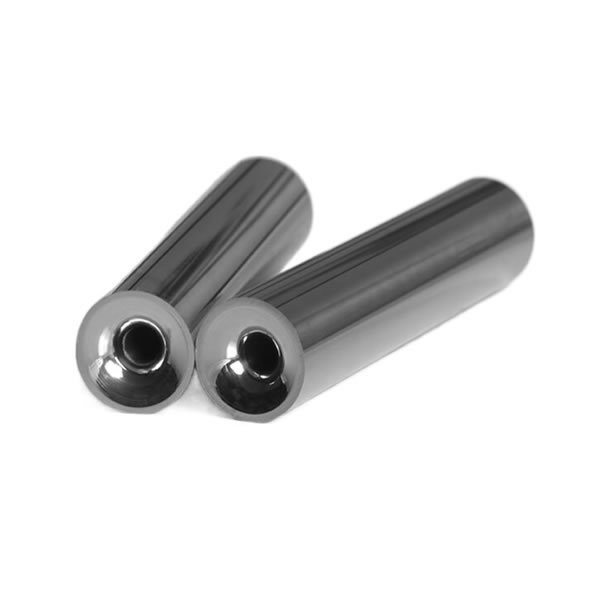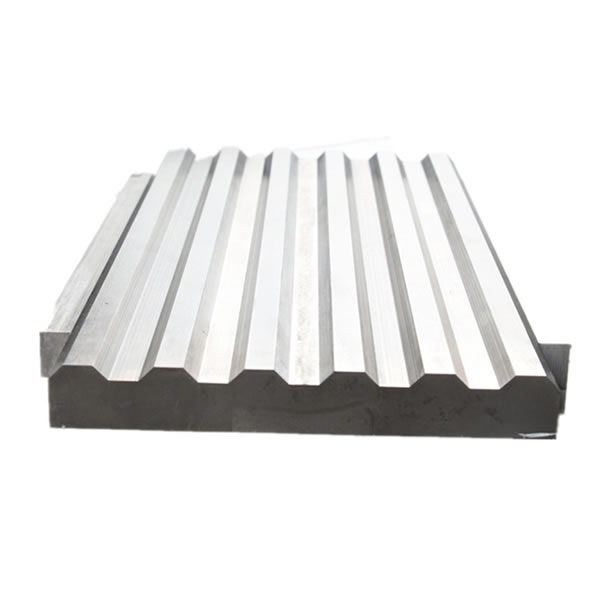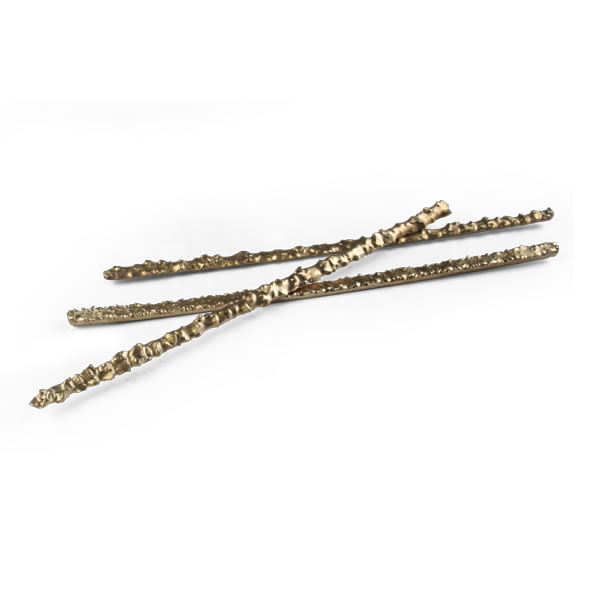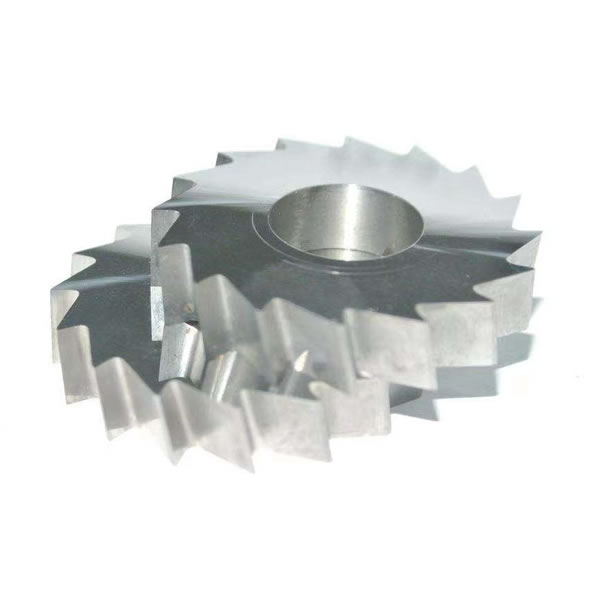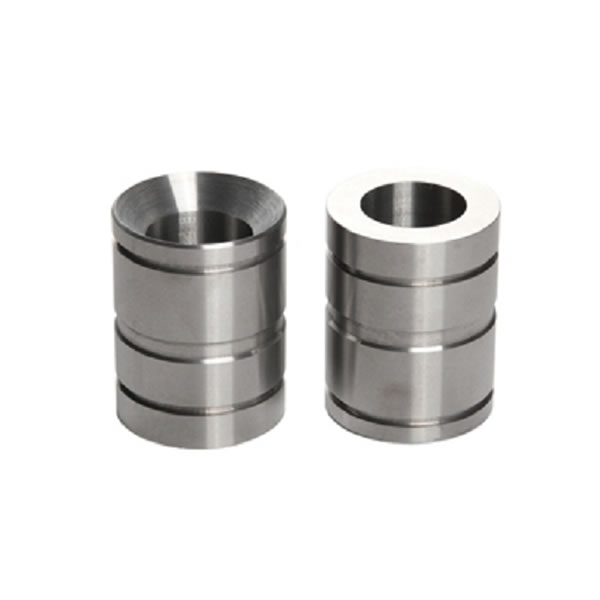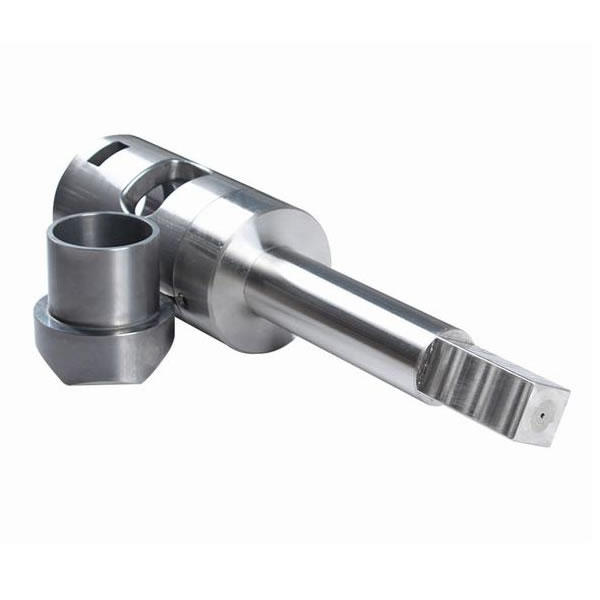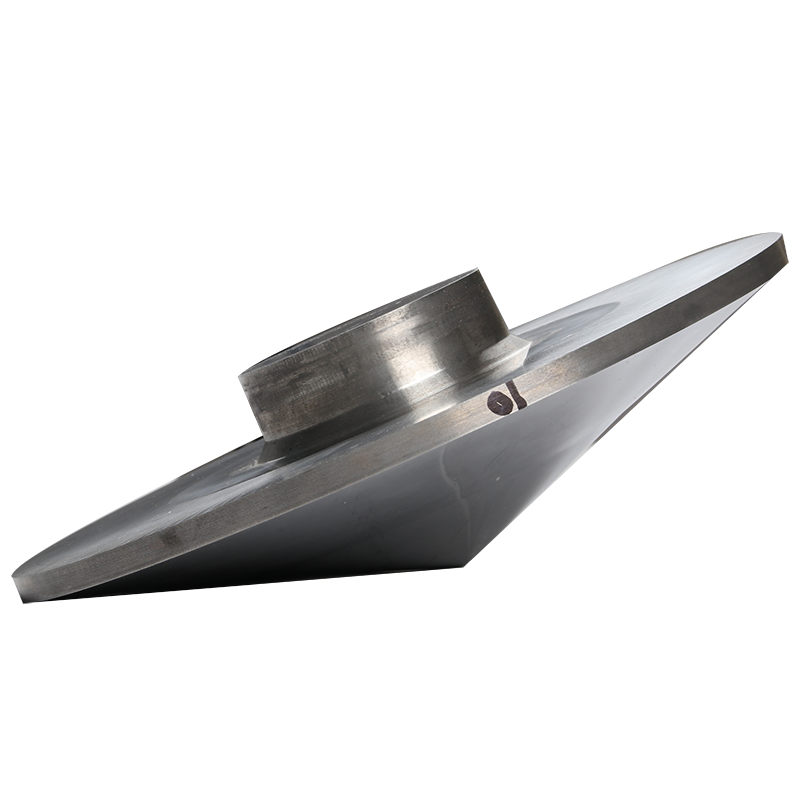
Tungsten carbide is a versatile and durable material prized for its exceptional hardness, wear resistance, and high melting point. It's used in a wide array of applications, However, not all tungsten carbide is created equal. Different grades of tungsten carbide are tailored for specific purposes, each possessing a unique blend of properties that dictate its suitability for various applications. Choosing the right grade for your specific needs is crucial to achieving optimal performance and longevity.
What are Tungsten Carbide Grades?
Tungsten carbide grades are defined by their microstructure, which is determined by the particle size, particle shape, and percentage of cobalt binder. These factors significantly influence the material's overall properties, including hardness, toughness, wear resistance, and machinability.
Particle Size and Shape
· Particle Size: Smaller particle sizes lead to a finer microstructure, resulting in increased hardness and wear resistance. However, smaller particles can also make the material more brittle.
· Particle Shape: The shape of the tungsten carbide particles can also affect the material's properties. For instance, rounded particles tend to be more resistant to chipping, while angular particles provide greater hardness.
Cobalt Binder
Cobalt is added to tungsten carbide powder as a binder, acting as a matrix that holds the tungsten carbide particles together. The cobalt content significantly influences the material's toughness, machinability, and wear resistance.
· Higher cobalt content: This makes the material tougher, more machinable, but less hard and wear-resistant.
· Lower cobalt content: This increases hardness and wear resistance, but reduces toughness and machinability.
Factors to Consider When Choosing a Tungsten Carbide Grade
Choosing the appropriate grade of tungsten carbide is crucial for ensuring optimal performance and longevity in your application. Here are key factors to consider:
Application Requirements
· Hardness: How hard does the material need to be to withstand wear and abrasion?
· Toughness: How resistant should the material be to impact and shock loading?
· Wear resistance: How long should the material last before needing replacement?
· Machinability: Can the material be machined with ease?
· Temperature resistance: Will the material be exposed to high temperatures?
Cost Considerations
Tungsten carbide grades vary in price based on their complexity and properties. Higher cobalt content typically equates to higher costs.
Availability
Not all grades of tungsten carbide are readily available. It is crucial to consider the availability of the specific grade you need and its lead time.
Popular Tungsten Carbide Grades and Applications
Let's see some common tungsten carbide grades and their corresponding applications:
K10: A widely used grade known for its high hardness and wear resistance. Ideal for cutting tools, drilling bits, and dies.
K20: This grade offers excellent wear resistance and is often employed in applications involving abrasive materials like sand and gravel.
K30: This grade is suitable for applications demanding extreme hardness and wear resistance.
YG3: Suitable for finishing of cast iron and non-ferrous metals;
YG6X, YG6A: Suitable for finishing and semi-finishing of cast iron and non-ferrous metals. It can also be used for the processing of manganese steel and quenched steel.
YG6, YG8: Suitable for rough machining of cast iron and light alloy, and can also be used for milling of cast iron and low alloy steel.
YW1, YW3, YW4: suitable for finishing and semi-finishing of stainless steel and ordinary alloy steel.
YW2: Suitable for semi-finishing of stainless steel and low alloy steel, mainly used for train wheel hoop processing.
YT15, YT05: Suitable for finishing and semi-finishing steel and cast steel. Medium feed and high cutting speed should be used.
YT14, YS25: Suitable for finishing and semi-finishing steel and cast steel. Medium feed should be used. YS25 is specially used for the milling speed of steel and cast steel.
YT5: Suitable for heavy cutting of steel and cast steel, medium and low speed, and large feed roughing under poor operating conditions.
Tips for Choosing the Right Tungsten Carbide Grade
Here are some helpful tips to guide you in selecting the right grade:
· Consult with experts: Reach out to a tungsten carbide supplier or manufacturer for expert advice and recommendations.
· Consider the application: Thoroughly analyze your application requirements and identify the specific properties that are most crucial.
· Test different grades: If possible, conduct small-scale tests with different grades to evaluate their performance in your specific environment.
· Don't compromise on quality: Choosing a low-quality grade may result in premature failure and costly replacements.
· Consider the long-term costs: Factor in the cost of potential replacements and downtime when making your decision.
Conclusion
Choosing the appropriate grade of tungsten carbide is essential for maximizing the material's performance and longevity. Understanding the factors that influence its properties, considering your specific application requirements, and consulting with experts can help you make an informed decision. Selecting the right grade ensures that you choose a material that meets your specific needs and delivers exceptional results, ultimately enhancing your overall productivity and efficiency.
FAQs
1. What is the difference between tungsten carbide and high-speed steel (HSS)?
Tungsten carbide is significantly harder and more wear-resistant than HSS. HSS is more readily machinable and generally more affordable, making it suitable for less demanding applications.
2. How can I determine the cobalt content of a tungsten carbide grade?
The cobalt content is typically indicated in the ISO designation of the grade. For instance, a K10 grade has a low cobalt content, while a P20 grade has a moderate cobalt content.
3. Can tungsten carbide be recycled?
Yes, tungsten carbide can be recycled. However, the recycling process can be complex and expensive, and it often results in a lower-grade material.
4. What are the environmental impacts of tungsten carbide production?
The production of tungsten carbide can have environmental impacts, particularly in terms of mining and processing the raw materials. However, responsible manufacturers are implementing sustainable practices to minimize their environmental footprint.







